Going wild: How Scots are working to save nature through rewilding
The number of Scottish landowners to join the Northwoods Rewilding Network has doubled since it was established in April and this is expected to further expand.
The group, which now has 28 members, aims to help create new economic opportunities for rural communities while improving the natural environment, boosting biodiversity and helping tackle climate change.
Advertisement
Hide AdAdvertisement
Hide AdThe idea is to form a “tapestry” of nature recovery “stepping-stones” across the country, with tailored support being offered to farmers, landowners and land managers.
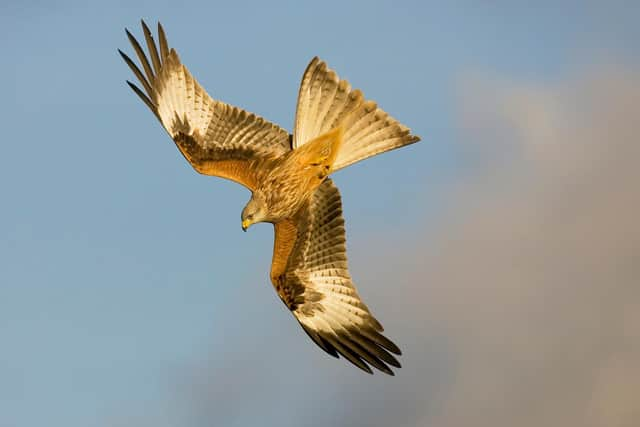

The UK has been suffering major declines in nature and disappearance of wildlife species.
Research suggests only 29 countries out of 218 have lost more biodiversity than the UK, with Scotland faring only slightly better than the nationwide average.
Rewilding is the large-scale restoration of nature, aimed at bringing back vibrant living systems across woodlands, peatlands, wetlands, rivers and at seas.
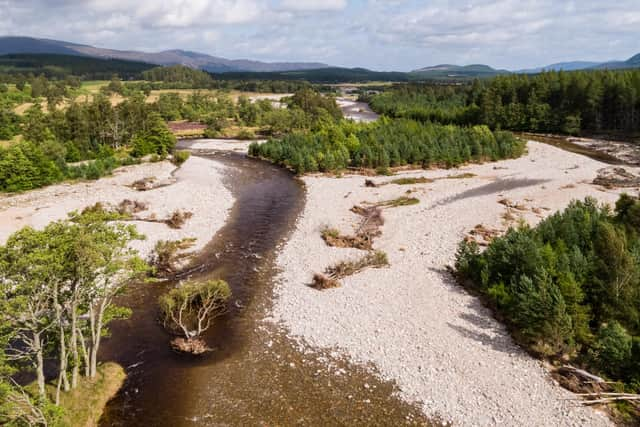

Northwoods, which is operated by the rewilding charity Scotland: The Big Picture, was created in response to a growing number of landowners seeking to contribute to Scotland’s role in reversing global nature-loss and tackling climate breakdown, but who needed more knowledge and resources.
“Northwoods is helping a much wider range of land managers play a bigger role in restoring and connecting nature-rich habitats,” said James Nairne, project manager for Northwoods.
“The levels of interest show that rewilding is increasingly seen as an important way of helping Scotland’s land and seas recover, and delivering a range of positive outcomes for nature and people.”
Members of the network are spread around Scotland, including: Argaty Red Kites, near Stirling; Bamff Wildland, in Perthshire; Birchfield rewilding project and natural capital laboratory, based near Loch Ness in Highland region; Ardura oak woodland, a community forest on the Isle of Mull; Balmangan Farm, in Dumfries and Galloway; Beldorney Estate, in Aberdeenshire; and Comrie Croft, also in Perthshire.
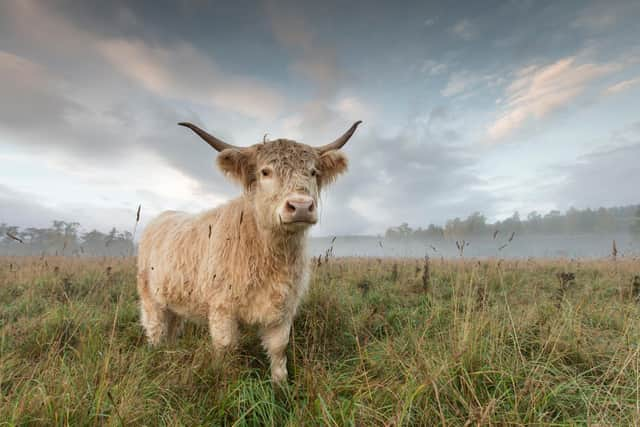

Advertisement
Hide AdAdvertisement
Hide AdBetween them a wide range of measures – some quite novel – are being taken to boost nature recovery and improve the environment.
One site is encouraging local beaver populations to help create and maintain new wetlands, while another is building artificial nest platforms in a bid to attract breeding ospreys to the area.
Many of the organisations are replacing conifer plantations with native broadleaf woodlands, creating ideal habitats for other species to thrive.
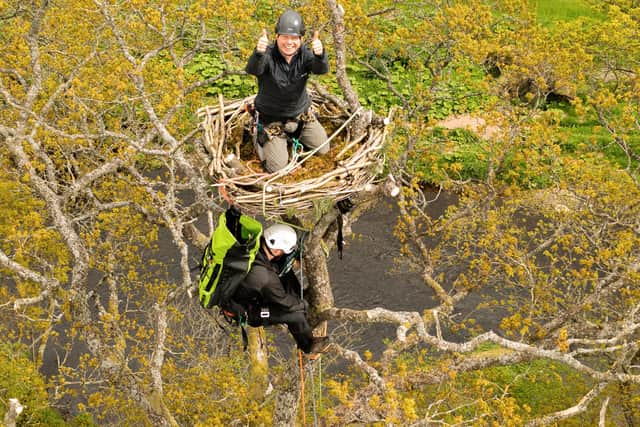

Animals such as Highland cattle are also being deployed to replicate the actions of extinct herbivores such as elk and aurochs, keeping invasive undergrowth down to allow frailer plants to grow and fertilising the ground with their dung.
Scotland: The Big Picture was set up in 2016 with the vision to see “a vast network of rewilded land and water across Scotland, where wildlife flourishes and people thrive”.
It is the first organisation in Scotland wholly dedicated to championing rewilding.
"Scotland could be a world leader in restoring its broken ecosystems but we have to look beyond convention and see rewilding as a huge opportunity,” according to Ron Neville, chair of trustees for Scotland: The Big Picture.
Trustee Justin Prigmore said: “Rewilding is as much a change in mindset as it is a physical change to the land and sea.”
A message from the Editor:
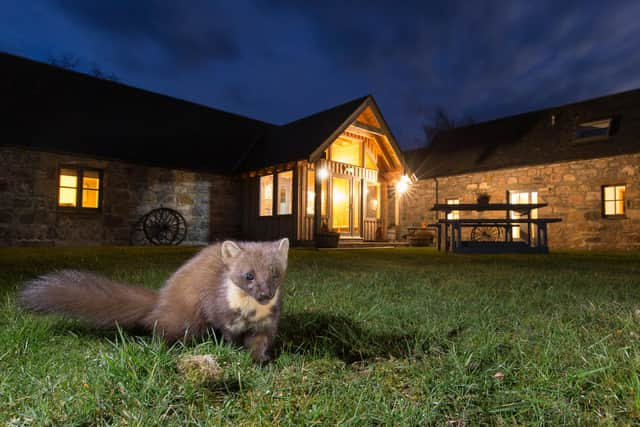

Thank you for reading this article. We’re more reliant on your support than ever as the shift in consumer habits brought about by coronavirus impacts our advertisers.
If you haven’t already, please consider supporting our trusted, fact-checked journalism by taking out a digital subscription.
Comments
Want to join the conversation? Please or to comment on this article.
